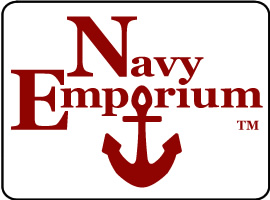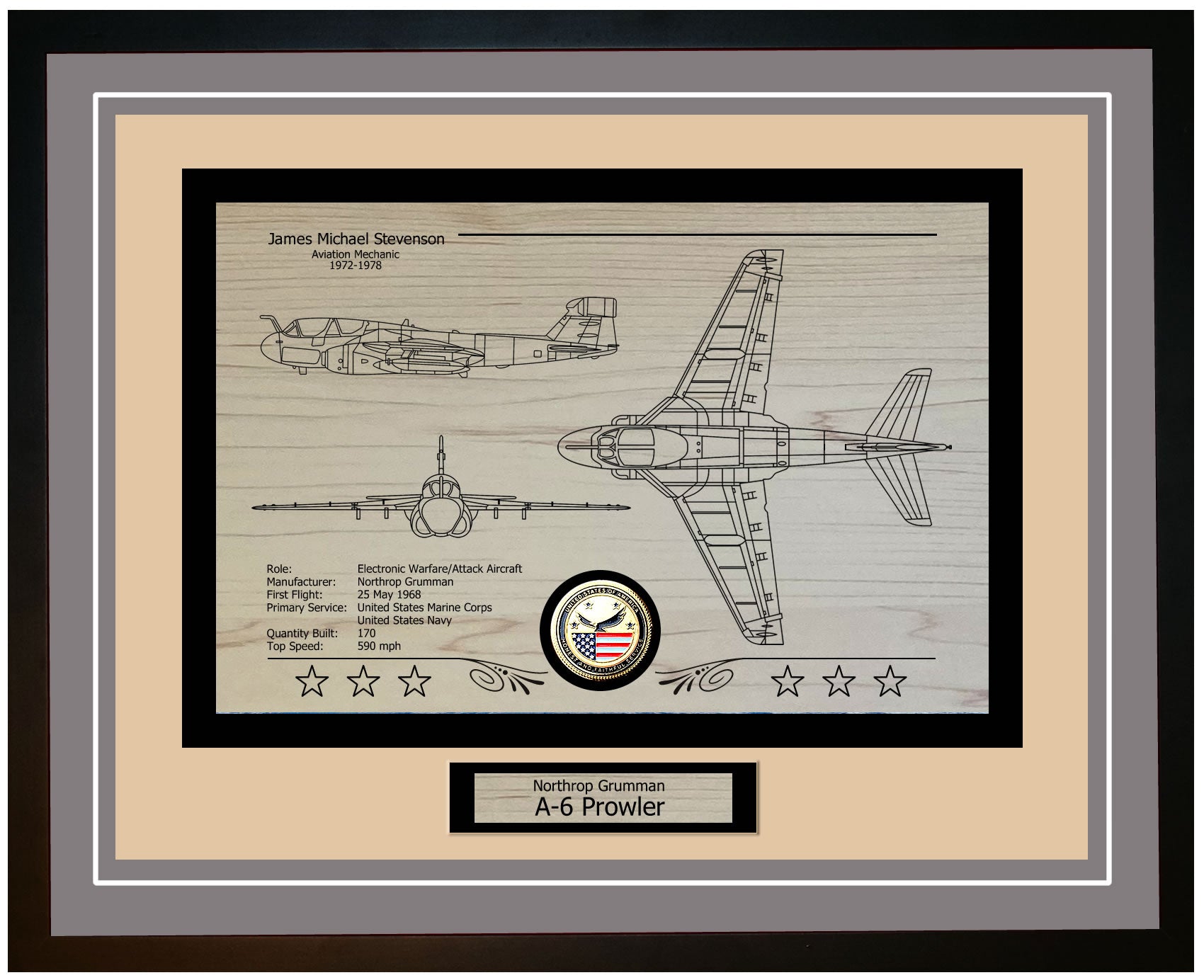The USS Arikara (ATF 98), a fleet ocean tug, was built for the United States Navy in Charleston, South Carolina, during World War II. It was commissioned on November 15, 1943. Named after the resilient Arikara Native American tribe, the USS Arikara (ATF 98) was known for its versatility, carrying out tasks such as towing, salvage operations, and rescues. Its contributions were vital in supporting operations during the war by assisting in vessel recoveries and providing logistical support to the fleet.
The legacy of the USS Arikara (ATF 98) is enshrined in U.S. Navy history due to its commendable service record. The vessel received accolades for its performance and unwavering commitment to duty, earning admiration from its crew and fellow sailors. As part of the Abnaki class of fleet ocean tugs, the USS Arikara (ATF 98) was designed to deliver essential support services to the U.S. Navy's warship fleet. These ships were equipped with powerful engines and towing gear, enabling them to tow vessels, carry out salvage operations, and assist in various tasks.
The commissioning of the USS Arikara (ATF 98) marked the beginning of an esteemed career, serving the U.S. Navy admirably for years. It played a significant role in supporting missions worldwide, gaining recognition for its dependability, effectiveness, and professionalism. In summary, the USS Arikara (ATF 98) proved to be an invaluable asset to the U.S. Navy during World War II and beyond by providing essential support services to the fleet and securing a significant place in naval history. The ship's construction, namesake, unique attributes, lasting impact, class, and function all contribute to its illustrious history as an esteemed member of the U.S. Navy fleet.
The Mighty USS Arikara ATF-98: A Closer Look at the Power and Precision of America's Naval Fleet
The USS Arikara (ATF 98), a vessel of the Navajo class fleet ocean tug in the United States Navy, served from 1944 to 1994. Featuring a steel hull and superstructure, it measured 205 feet in length and 38 feet in beam. Propelled by diesel engines, it boasted a speed of 16 knots and was well-equipped with advanced navigation and communication systems for efficient towing and salvage operations.
In terms of armament, the USS Arikara (ATF 98) was equipped with a 3-inch/50 caliber gun for self-defense, positioned at the bow to engage enemy aircraft or surface targets. It also carried depth charges and other anti-submarine weapons for protection against submarine threats. Radar and sonar systems were utilized for detecting and tracking enemy vessels.
The primary role of the USS Arikara (ATF 98) was to provide towing and salvage services to the U.S. Navy fleet. Capable of towing damaged ships and conducting search and rescue missions, it also facilitated the transportation of supplies and personnel between naval bases and ships at sea. The USS Arikara (ATF 98) was highly valued by the U.S. Navy for its adaptability and dependability throughout its lifespan.
In essence, this fleet ocean tug proved to be an equipped and versatile vessel that supported U.S. Navy operations for more than fifty years. Its cutting-edge technology and armaments positioned it as a formidable presence on the seas, capable of executing various missions with accuracy and efficiency. The ship's extensive service history underscores its resilience and effectiveness in fulfilling its responsibilities as part of the U.S. Navy fleet.
USS Arikara ATF-98 Crew Member Reports of Time Aboard
The USS Arikara (ATF-98) holds a special place in the hearts of its former crew members, as evidenced by the heartfelt memories shared in its guestbook. These recollections span various years and ranks, painting a vivid picture of life aboard the ship and the camaraderie that developed among its crew.
Roger Brown, who served as an HTCS(DV) RET, joined the Arikara in 1962 after completing second-class diving school. He was assigned to the deck force and remained on the ship until 1964, when he left to join the Underwater Demolition Team (UDT). His time on the Arikara marked the beginning of a significant phase in his naval career.
Rolan Conoley, an EN2, reminisces about his first ship, the Arikara, which he boarded as an ENFN in Yokosuka, Japan, in 1956. He fondly recalls his journey, which concluded in Subic Bay, Philippines, where he disembarked as an EN2. The memories of his time on the Arikara are cherished and vivid.
Gary Piatt, who served as an SK2 in 1961, reflects on his experience aboard the Arikara as one of the most enjoyable among the four ships he served on. He emphasizes the close-knit nature of the crew, likening them to a family, which made his time on the ship particularly memorable.
Clay Sanders, an EM3, reported aboard the Arikara in Adak in 1967. He worked under Gordon Grover and, despite his youthful inexperience, managed to grow and learn during his tenure. Sanders highlights the lifelong friendships he formed and the fun he had, expressing a deep sense of nostalgia for his shipmates.
Biguss Sussery, also an EM3, served on the Arikara in 1969. He mentions the annual reunions held every July on the second weekend at White Shield, North Dakota, the home of the Arikara. These gatherings are open to all former crew members and their families, providing an opportunity to reconnect and reminisce.
Ron Tarlton, who served as an SA, was stationed on the Arikara in Hawaii in 1964. He participated in a trip to Adak and left the ship in 1965 after returning to Pearl Harbor. His time on the Arikara was marked by significant travel and the unique experiences that come with naval service.
These shared memories from the USS Arikara's guestbook highlight the strong bonds formed among its crew members, the diverse experiences they had, and the lasting impact their service had on their lives. The Arikara was more than just a ship; it was a vessel of growth, friendship, and unforgettable adventures.
USS Arikara ATF-98: Evolution of a Naval Workhorse and Its Enduring Legacy
The USS Arikara (ATF 98) underwent upgrades throughout its service period to maintain its importance in the U.S. Navy. Originally commissioned in 1943 as a fleet ocean tug, the Arikara was outfitted with cutting-edge towing and salvage equipment for that era. Over time, the ship received improvements such as advanced navigation systems, upgraded towing winches, and enhanced communication gear. These enhancements not only prolonged the vessel's life but also boosted its capacity to carry out complex missions in various maritime settings.
The mission capabilities of the USS Arikara were diverse and adapted to meet the changing requirements of the U.S. Navy. Primarily designed for towing and salvage tasks, the Arikara played a crucial role in rescuing ships, recovering crashed aircraft, and performing deep-sea diving operations. With its sturdy build and powerful engines, it could tow vessels many times larger than itself, emphasizing its importance in both peacetime and wartime scenarios. Equipped for dewatering duties, it also expanded its usefulness during emergencies.
The USS Arikara served with distinction, contributing to the fleet during World War II, the Korean War, and the Vietnam War. In World War II, it supported operations in the Pacific Theater by assisting damaged ships. During the Korean War, its salvage and rescue operations were vital for maintaining readiness. In the Vietnam War, the USS Arikara showcased its versatility by supporting riverine and coastal operations, highlighting its ability to adapt to evolving naval warfare needs.
The legacy of the USS Arikara is defined by its dedication to the fleet and its capacity to tackle challenges. Through upgrades and diverse mission capabilities, it remained an asset in naval operations for more than three decades. Its contributions underscore the significance of fleet ocean tugs in maintaining supremacy and operational readiness. The history of the Arikara serves as a reminder of how support vessels are essential for naval missions during both conflict and peace.
USS Arikara ATF-98: A Legacy of Valor and Service on the High Seas
The USS Arikara (ATF 98) played a significant role in missions during its service, showcasing the dynamic and sometimes risky nature of naval activities in the mid-20th century. Launched in 1943, this fleet ocean tug was first deployed to the Pacific Theater during World War II. Its main tasks included towing, salvage operations, and rescue missions, which were vital for keeping the fleet ready for action. With its design and versatile capabilities, the Arikara helped recover damaged vessels, ensuring the Navy's offensive and defensive operations across the vast Pacific Ocean.
Throughout World War II, the USS Arikara actively participated in operations such as the Mariana and Palau Islands campaigns and the Battle of Leyte Gulf. Its contributions to these conflicts were invaluable, as it supported combat ships and assisted in repairing and recovering vessels damaged in battle. The crew of the Arikara demonstrated skill and courage by operating under challenging conditions to successfully accomplish their missions.
Beyond towing and salvage duties, the USS Arikara played a role in mine-clearing missions and transporting essential supplies and personnel. After World War II, it continued its service by participating in both the Korean War and the Vietnam War. During the Korean War, the ship undertook support tasks, including towing, salvage operations, and rescues in the waters around the Korean Peninsula. Its involvement in the Vietnam War showcased its adaptability and dependability, as it provided assistance with recovering downed aircraft and damaged vessels, as well as ferrying equipment and supplies for ground forces.
The exceptional service of the USS Arikara did not go unnoticed. The ship received numerous awards and commendations throughout its history, reflecting the Navy's high regard for it. Among its accolades were the Navy Unit Commendation, Meritorious Unit Commendation, and several campaign medals recognizing its service during World War II, the Korean War, and the Vietnam War. These honors stand as a testament to the dedication and professionalism of the Arikara's crew, who consistently carried out their duties with excellence and bravery.
The history of the USS Arikara (ATF 98) is defined by its unwavering commitment to duty and remarkable service despite challenging circumstances.
USS Arikara ATF-98 Ship Specifications
| Specification | Details |
|---|---|
| Class | Abnaki Class Fleet Ocean Tug |
| Commissioned | January 5, 1944 |
| Displacement | 1,675 tons |
| Length | 205 feet |
| Beam | 38.5 feet |
| Draft | 15.3 feet |
| Speed | 16.5 knots |
| Complement | 85 |






